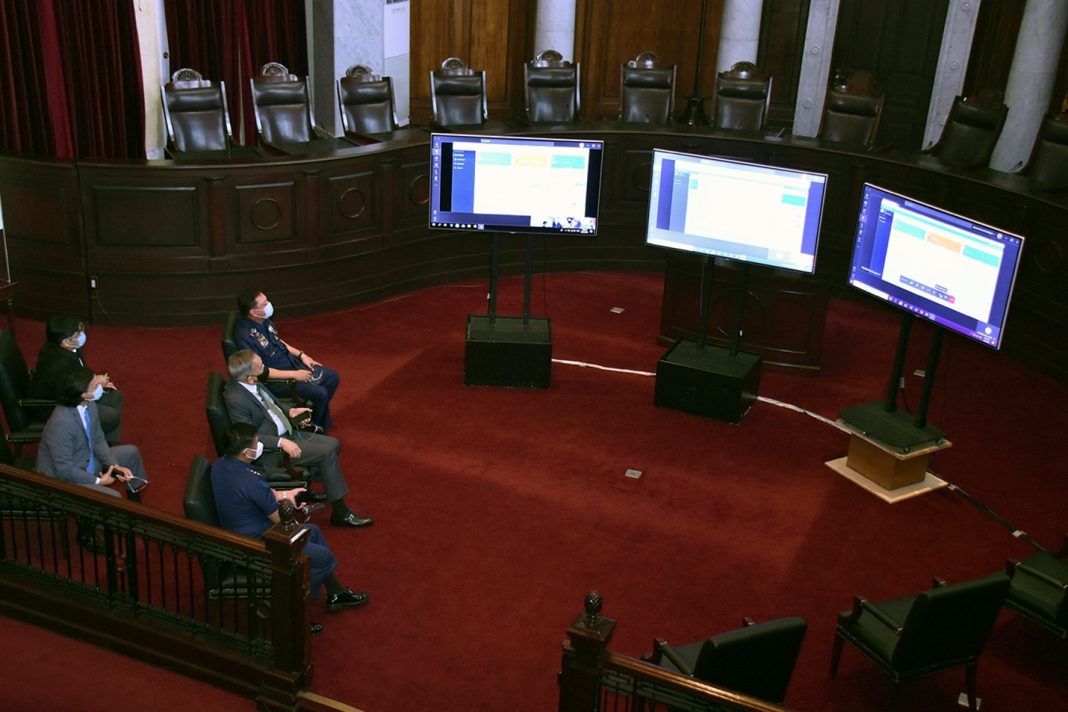The power of Artificial Intelligence has reached the chambers of the Philippine court systems, signifying an innovative and transformative era in the delivery of justice. Chief Justice Alexander G. Gesmundo, the 27th Justice of the Philippines, has recognized the power of AI technology.
“AI could be the magnet that makes [legal] search faster and easier, to the benefit of the people that we ultimately serve”, said Chief Justice Gesmundo during the first grand alumni homecoming of the Silliman University Law Alumni Association on August 26, 2023, held at Silliman University, Dumaguete City, Negros Oriental.
In October 2022, the Supreme Court (SC) launched the Strategic Plan for Judicial Innovations 2022-2027 (SPJI) where it aims to utilize the power of AI technology in enhancing our judicial system by making it more efficient, accessible, and transparent.
The following are the AI technologies that are currently under development. Once fully realized, it will be fully incorporated in the Philippine court systems:
- AI for Legal Research Tools
Chief Justice Gesmundo stated that the current state of legal research is akin to “looking for a needle in haystacks upon haystacks”. That is why the judiciary is working on the redevelopment of the Supreme Court E-Library, which will incorporate an AI-enabled technology to improve legal research.
Using the natural language processing and machine learning, similar to the technology behind ChatGPT, the E-Library will feature a powerful search engine that provides a more accurate and reliable results.
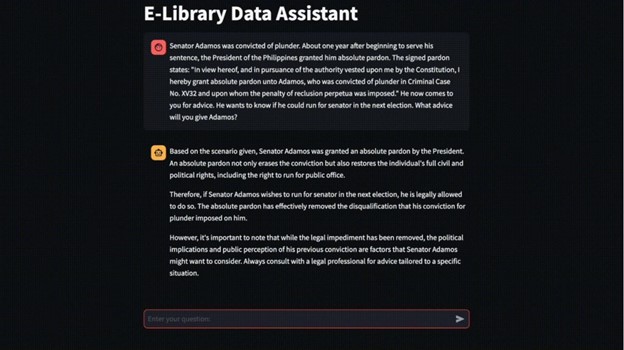
This AI technology will generate analysis based not only on words and phrases, but also from previous cases decided by the Supreme Court, allowing it to predict and suggest possible outcome for new cases.
- AI-Enabled Voice-to-Text Transcription Applications
Currently, court stenographers go through the challenge of manual transcription. The only tool they use to facilitate their job is a voice recorder such as the Sony UX560F Digital Voice Recorder.

This technology aims to simplify the conversion of spoken words during court proceedings into written text. This would not only increase efficiency, but it would also reduce the risk of errors, ensuring accurate records of court proceedings.
There is an ongoing project to determine the usefulness and applicability of the AI-enabled voice-to-text transcription through one of the SC’s developmental partners.
- AI Deadline Tracking
Managing deadlines for both court and administrative processes is a crucial aspect in court proceedings. Fortunately, the Judiciary plans to integrate AI systems to track deadlines. AI can provide real-time notifications and alerts to ensure that court proceedings and administrative tasks remain on schedule, improving the efficiency of the judicial system.
The AI deadline tracking system is currently in initial development stage. It is targeted to be utilized particularly on the administrative and financial processes.
On the other hand, the following tech-incorporated projects are already being implemented in the Philippine court systems:
- Digital Platforms and Electronic Courts
The SPJI integrates the transformation of trial courts into electronic courts. The eCourt version 2.0 software, which includes functions like e-payments and e-filing, is already being implemented to simplify court processes.
“[The eCourt version 2.0] is still being upgraded and subject to further evaluation through, among others, the SC Management Information Systems Office (MISO). The [Office of the Court Administrator] (OCA) is involved insofar as possible refinements or adjustments that may be needed to make the said version more responsive to the needs of the courts. Once there is an upgraded version, there might be a need to pilot-test it first being a nationwide rollout thereof”, said Raul Villanueva, Court Administrator of the SC.
“The Judiciary Electronic Payment Solution (JEPS) has now been implemented in collecting payments for cases filed before all first and second level courts since July 1, 2023. Likewise, the SC and the third level courts, such as the Court of Appeals, Sandiganbayan, and Court of Tax Appeals, are already using JEPS when collecting legal fees”, he further added.
The Court Administrator also stated that technical problems regarding the JEPS are being addressed on a case-to-case basis.
- Modern Workplace Collaboration Solutions
The Philippine Judiciary 365 project or the use of Microsoft 365 accounts is a modern workplace collaboration solution implemented in 2021 to enable courts to electronically receive pleadings, reports, and other submissions securely. Moreover, with such technology, courts can hear and decide cases through videoconferencing.
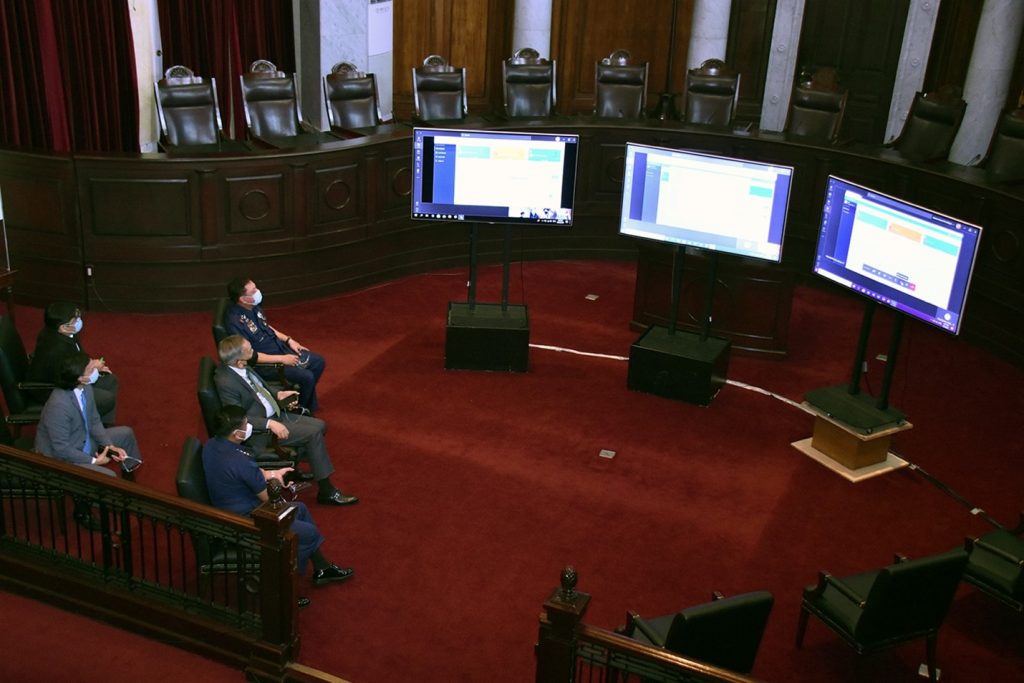
- Online Application Platforms
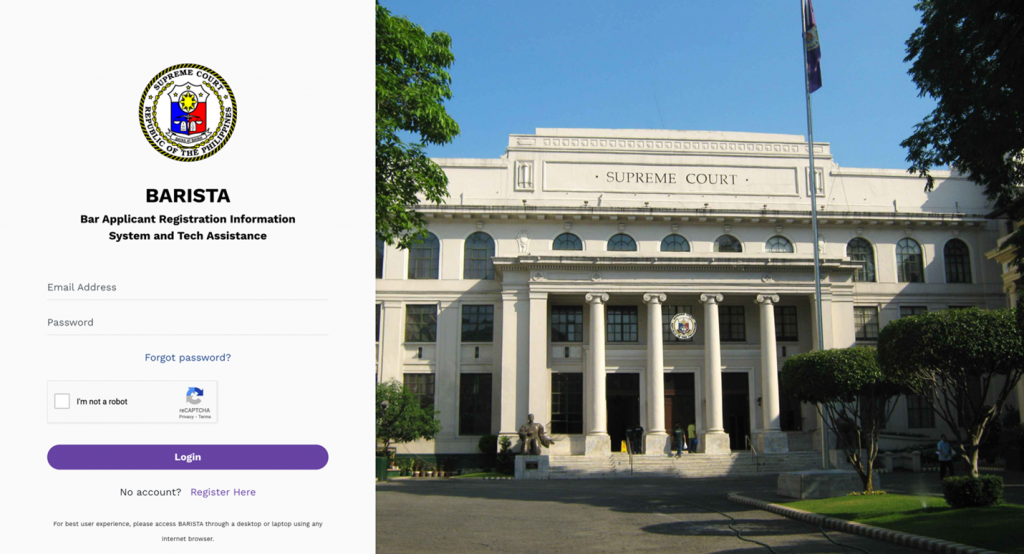
The Bar Applicant Registration Information System and Tech Assistance (BARISTA) is an online application platform developed for the 2023 Bar Examinations. This technology simplifies and streamlines the registration process for bar applicants, making it more accessible and convenient.
- Digitized Benchbook
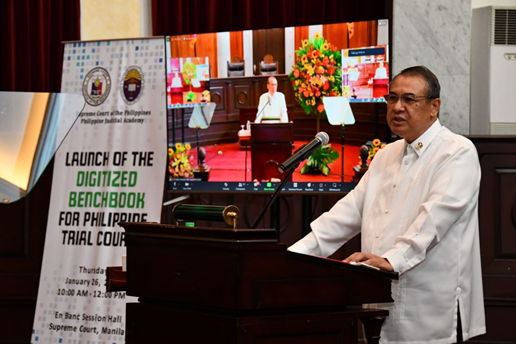
The Digitized Benchbook for Philippine Trial Courts is a comprehensive resource containing updated laws, treaties, rules, regulations, jurisprudence, and the latest court issuances. The digitized format makes it easily searchable, downloadable, user-friendly, and readily accessible for judges and court personnel.
The digitization of the Benchbook is part of the SPJI which launched on January 26, 2023.
These initiatives reflect the Judiciary’s commitment to keeping pace with technological advancements and enhancing its role in delivering responsive and real-time justice.



